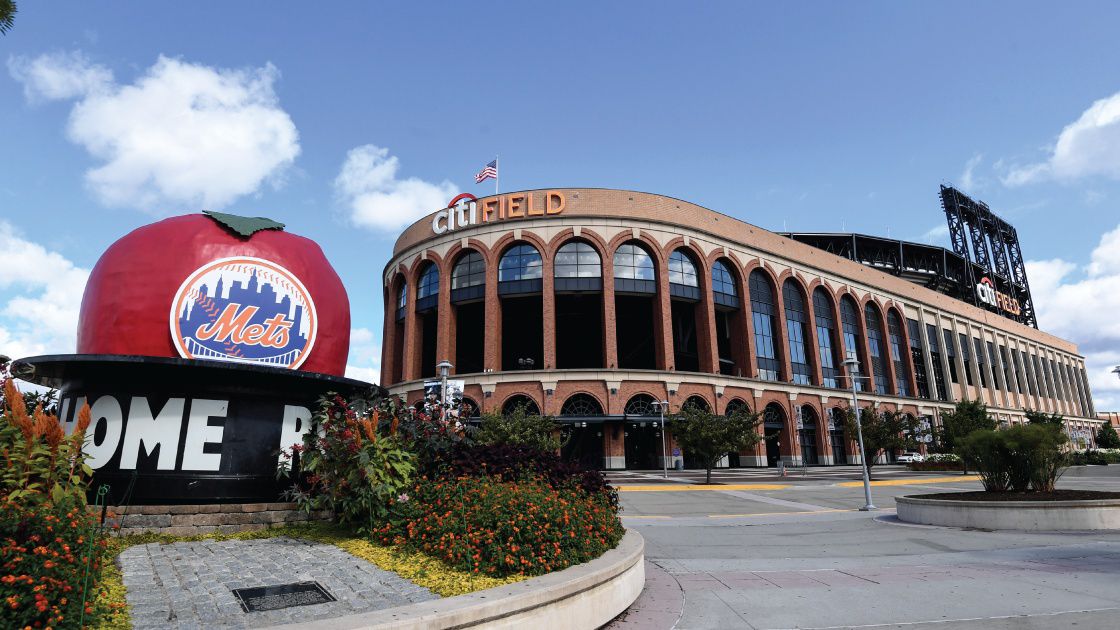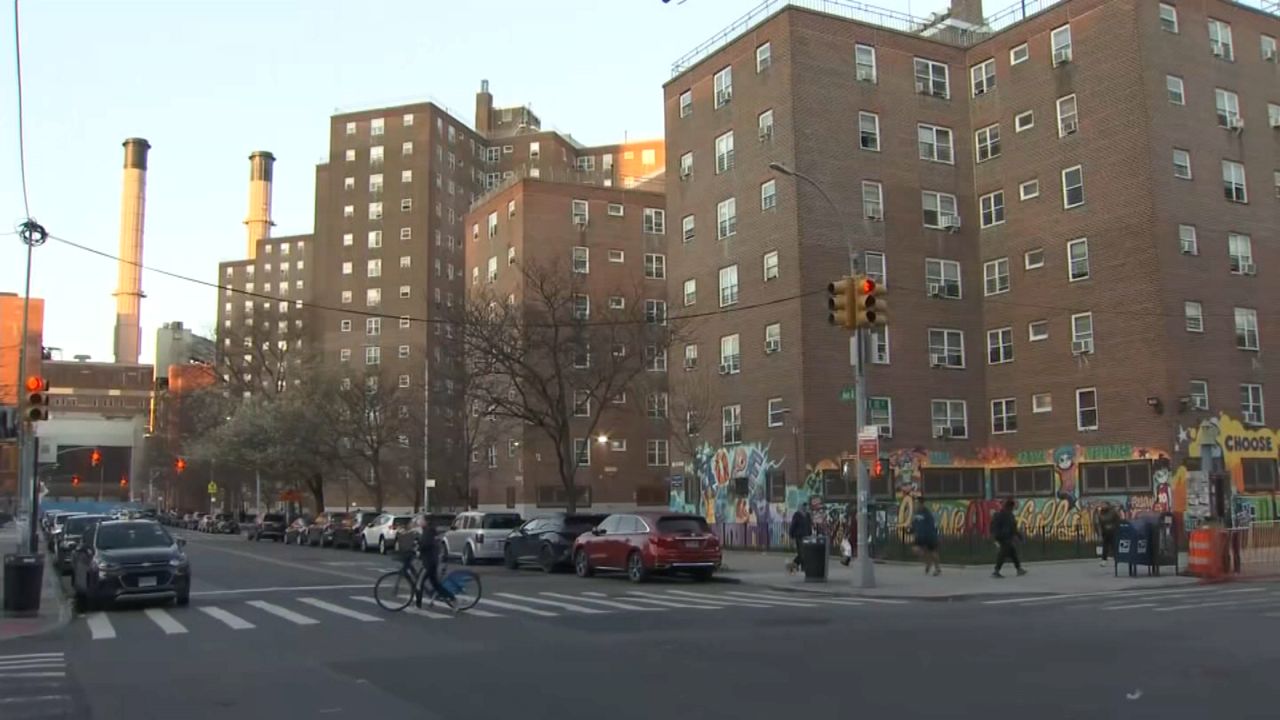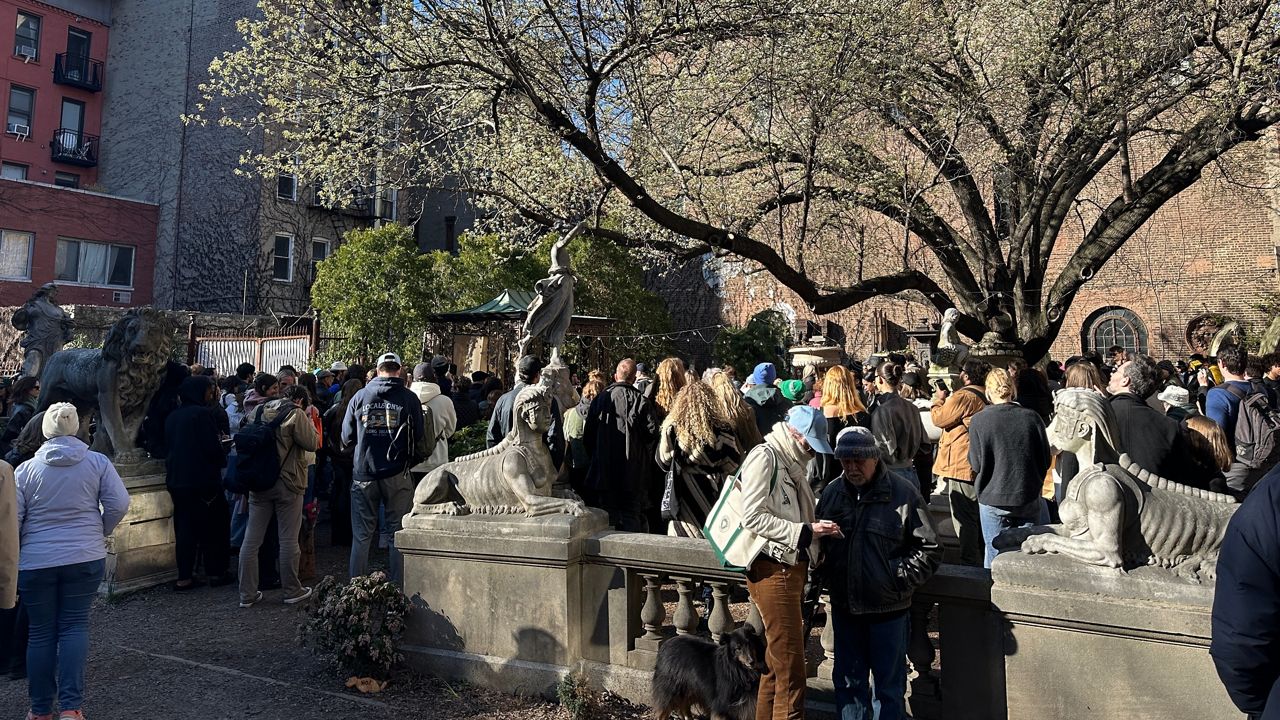Some Lower East Side tenants are finally moving into new residences the city promised them back in the 1960s. NY1's Michael Scotto filed the following report.
David Santiago is finally back living on Delancey Street. He's been waiting 50 years to return ever since the city forced him and his family from the apartment they had lived in just around the corner when he was six.
"It feels good. Because this is where I started my life," Santiago said.
Santiago's building is the first to open at Essex Crossing. A development that eventually will have nine buildings and more than a thousand apartments, on what was once called the Seward Park Urban Renewal Area.
It has been decades in the making. In 1967, the city evicted 1,800 families - many of them Puerto Rican and poor - from their homes and later demolished the tenement buildings they were living in, promising new affordable housing would be constructed for them.
"Fifty years ago a hurricane caused a disaster on the Lower East Side. This hurricane destroyed homes, destroyed families and made poor people even poorer," said Tito Delgado, a site tenant.
That storm dragged on and was fueled by race and politics. Middle income families in the neighborhood opposed housing for low income Puerto Ricans, fearing it would change the neighborhood's character.
They were backed by Sheldon Silver, the once powerful state Assembly speaker who represented the area. He feared the newcomers might dilute his Jewish political base. But Frances Goldin and other activists kept fighting for the new housing. The first building is named for her.
"We succeeded and he failed. And that's good," Goldin said.
In 2013, the project came together after then-mayor Michael Bloomberg helped broker a deal. It gave the displaced tenants priority for the affordable units if they could prove they once lived there. Santiago discovered a school still had his old address on file.
"They had all this information. And I almost I started to cry. I did cry," Santiago said.
Santiago moved to California when he was 20, but returned eight years ago, living on his mother's couch nearby. He is one of six former residents living in Essex Crossing. Eight more return in February. Other former neighbors may join them as more buildings rise.
"It's awesome being in the building knowing that it was built for people like myself," Santiago said.
The huge project is coming along, but there is still a lot more work left to do. It isn't expected to be completed unitl 2024.




_PKG_NYU_Prayer_Room_Vandalized_CLEAN)


